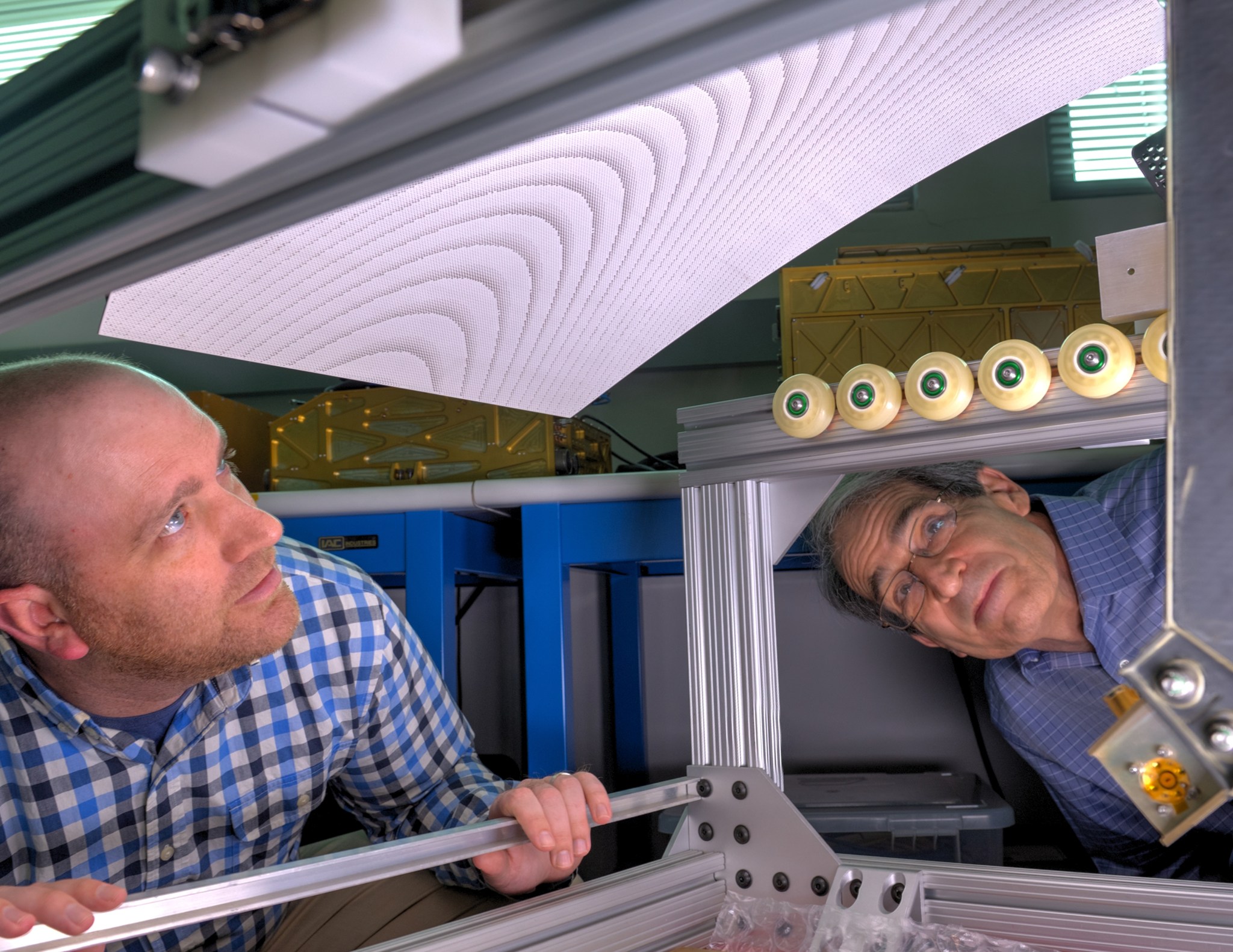
The last time NASA carried out an in-depth study of winter storms in the heavily populated Northeast, the Berlin Wall had just come down and George H.W. Bush occupied the White House.
That changed in mid-January when a team led by University of Washington researcher Lynn McMurdie began a six-week campaign to better understand how snow bands form and evolve.
The team began deploying a suite of complementary, tried-and-true remote-sensing and in-situ instruments aboard two NASA research aircraft flying at different altitudes — one above the storm and the other within it. With this data, scientists want to get a greater understanding of these poorly understood processes, improve snowfall measurement from space, and further forecasters’ ability to predict snowfall accumulation.
“Technology has improved dramatically over the past 30 years,” said Gerry Heymsfield, a scientist at NASA’s Goddard Space Flight Center in Greenbelt, Maryland, and deputy principal investigator of the Investigation of Microphysics and Precipitation for Atlantic Coast-Threatening Snowstorms, or IMPACTS, mission funded by NASA’s Earth Venture-Suborbital Program. “Now is an ideal time to conduct a well-equipped study.”
“Improving snowstorm prediction and expected accumulation, obviously, is of interest to virtually everyone,” added Scott Braun, a Goddard scientist serving as the IMPACTS deputy principal investigator for science. According to statistics, snowstorms cost as much as $300-$700 million per snow-shutdown day, cause about 211,000 vehicle crashes, 67,000 injuries, and 730 fatalities annually, primarily in the Northeast and Midwest. Ten percent of power outages are attributable to snowstorms and flight cancellations are nearly two times more frequent during the winter months.
“IMPACTS is measuring conditions contributing to snowfall in winter storms. It will provide data that will improve our weather models and eventually allow people to plan for these events,” said John Yorks, the other IMPACTS deputy principal investigator and Goddard scientist. “What’s important about IMPACTS is the breath and heritage of its instruments as well as its promise to help us with future space-based mission planning.”
Campaign is Underway
IMPACTS — the first campaign of its kind in about three decades — began its first six-week deployment on January 15, covering about 400,000 square miles from the Washington, D.C. area northward into New England, an area that is home to about 100 million people. The team plans a jaunt into the Midwest should the Northeast not be experiencing an event during the scheduled campaign, but as Braun said, “there are always storms of one kind or another.” Subsequent flights are scheduled for 2021 and 2022.
During the campaign, which is based at NASA’s Wallops Flight Facility in Virginia, the NASA P-3 is flying at altitudes of up to 25,000 feet to penetrate the storms and collect in-situ data on temperature, humidity, and winds as well as the phase, shape, numbers, and sizes of ice particles. To do this, the P-3 is carrying 11 instruments provided by the University of North Dakota, Goddard, NASA’s Langley Research Center in Hampton, Virginia, the National Center for Atmospheric Research in Boulder, Colorado, and the University of Colorado.
At the same time, an ER-2 aircraft takes off from Hunter Army Airfield in Savannah, Georgia. Flying at an altitude of 65,000 feet, it gathers measurements with six different types of radar, lidar, and microwave instruments all tuned to different frequencies ideal for gathering snow measurements. Goddard provided five of those heritage instruments, all developed over the years with R&D support for various precipitation-measurement campaigns.
“What the IMPACTS team brings is a range of instruments and experience,” said Matt McGill, a Goddard scientist who developed one of the ER-2 instruments, which has also proven its mettle in several aircraft campaigns. “The scientific and societal benefits of IMPACTS will be substantial. Many of the instruments have heritage in Goddard IRAD (Internal Research and Development program) and ESTO (Earth Science Technology Office) funding, and it is pleasing to see these sensors adopted for such significant research. We can’t wait to get the results.”
For more Goddard technology news, go to: https://www.nasa.gov/wp-content/uploads/2020/01/winter_2020_final_web_version.pdf?emrc=6783a5
By Lori Keesey
NASA’s Goddard Space Flight Center































